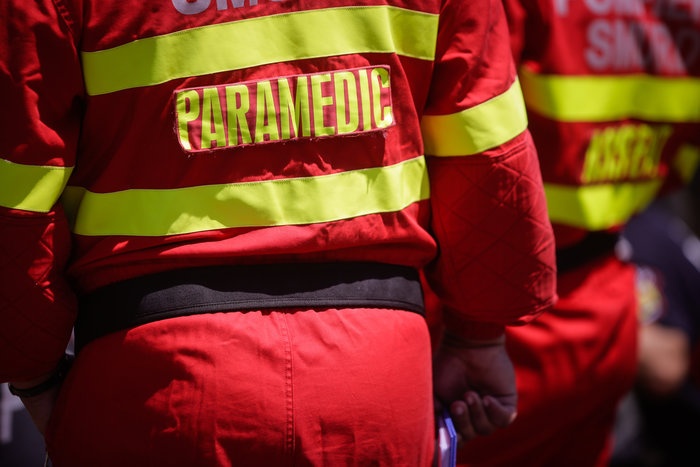
As an emergency medical professional, you know the critical role that speed plays in your daily duties. Lights and sirens expedite your response, prefilled syringes provide immediate medication administration, and pre-gelled pads allow safe, instantaneous defibrillation.
The same can be said for suctioning: It must be performed the instant you recognize the need for it. Fortunately, today’s modern suction units provide immediate, powerful suction capabilities to clear clogged airways and restore patency. And whether you’re suctioning the oral or nasal cavity, or an advanced airway, expediency is key.
Let’s discuss the necessity of expedient nasotracheal suctioning.
Recognizing the Need
Your primary decision on any scene is to determine the stability of the patient’s airway. The decision to intubate will be based on the patient’s inability to maintain a patent airway. They may exhibit signs of respiratory distress, including:
- Mild anxiety
- Minimal cyanosis
- Tachycardia
- Possible chest tightness
- Altered breathing sounds
- Decreased oxygen saturation
In such situations, an advanced airway may not be needed. Oxygen therapy or assisted ventilations may correct the distress. However, your patient may exhibit signs of impending respiratory failure, such as:
- Altered mental status
- Retractions
- Use of accessory muscles
- Tachycardia >130 bpm
- Decreased oxygen saturation, even with oxygen therapy
- Pale skin and diaphoresis
- Absent breathing sounds
- Cyanosis
- Inability to speak due to dyspnea
- Abnormal respiratory patterns
If failure to breathe is imminent, it is time to consider an advanced airway.
Nasotracheal Intubation: A Quick Review
The decision to intubate nasally will depend on your patient. Foremost, they must be breathing spontaneously. There are also a few contraindications you must keep in mind when deciding to nasally intubate. They include:
- Suspected epiglottitis
- Midface instability
- Coagulopathy
- Suspected basilar skull fractures
- Apnea or impending respiratory arrest
Once you’ve decided on the nasal route, you must prepare your patient and your equipment. This includes:
- Pre-oxygenating the patient
- Applying a topical anesthetic, such as 4 percent lidocaine mixed with a vasoconstrictor spray, to the nasal mucosa
- Positioning the patient in the sniffing position
- Inspecting the nose and selecting the larger nostril
- Assembling and checking your equipment: Lubricate the distal end of a 7.0 cm or 7.5 cm nasotracheal tube, check the cuff, and ensure that the plastic flange on the proximal end is securely fastened to the nasotracheal tube
- Inserting the nasotracheal tube into the nostril with the flange end of the tube facing the nasal septum
- Listening closely to the patient’s breathing sounds
- When the patient inspires, passing the nasotracheal tube through the vocal cords (the patient may gag or cough)
- Inflating the cuff with 5-10 mL of air
- Confirming tube placement (listen for bilateral breath sounds, lack of gastric sounds, and end-tidal CO2)
- Securing the nasotracheal tube
Suctioning the Nasotracheal Tube
Even with an advanced airway in place, the patient may still require suction. Froth and phlegm can enter the tube from the lungs, especially in the case of trauma. To avoid hypoxia, you must suction immediately. Here are our recommendations:
- Always have the suction unit available whenever you place an advanced airway
- Maintain the suction unit and check at the start of each shift
- Have an assortment of suction catheters available, including small, flexible catheters for naso- or endotracheal suctioning
- Use sterile technique whenever you are suctioning an endo- or nasotracheal tube
- Insert the catheter until the patient coughs and then remove, using a twisting motion while applying suction
- Continuously monitor your patient using pulse oximetry and capnography
Nasotracheal intubation provides a secure, patient airway for the spontaneously breathing patient. Having a reliable portable suction unit on hand is a crucial factor for maintaining patency, so be sure to include the suction unit on every respiratory emergency to ensure expedient nasotracheal suctioning when needed.
2011, Pollak, A., Ed.
Critical Care Transport, American College of Emergency Physicians, Jones and Bartlett.















